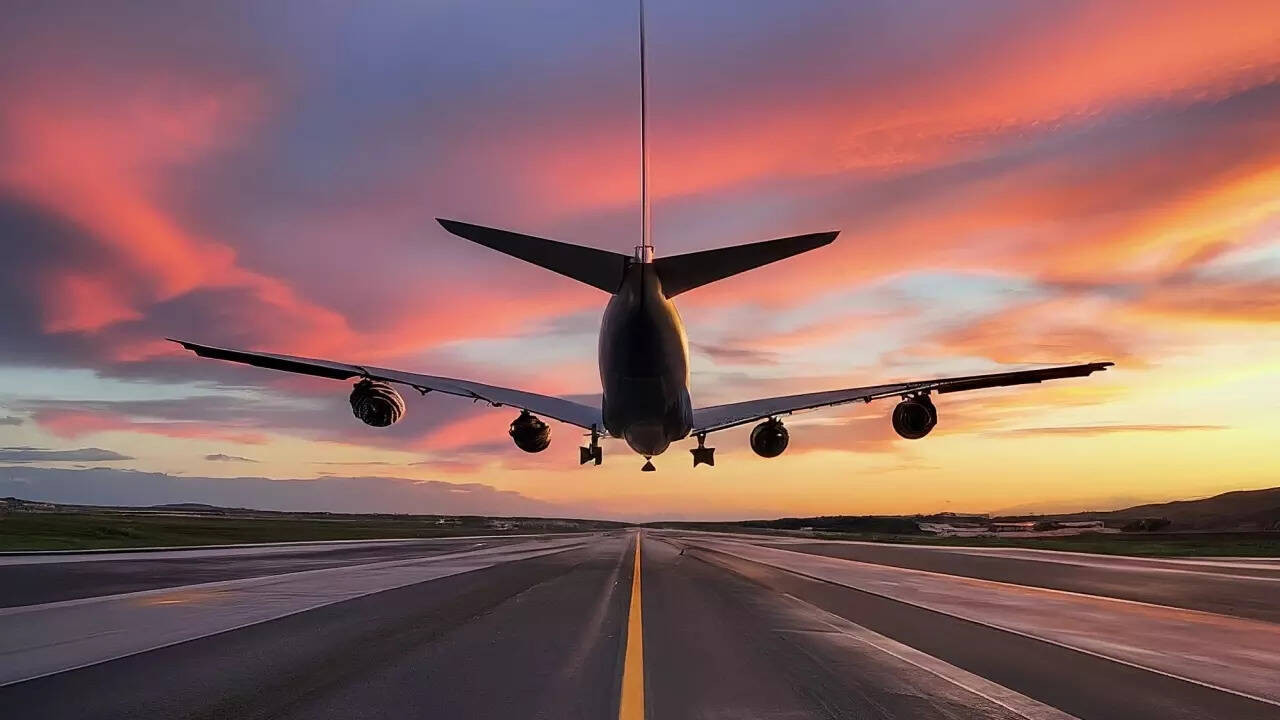The Directorate General of Civil Aviation will assess Air India’s Gurugram facility. This evaluation will check aircraft documents and crew records. It is a standard yearly activity, not a response to the Ahmedabad crash.
Is Air India Soaring High Enough? DGCA Inspection Underway
The skies above India are buzzing, but beneath the wings of its national carrier, Air India, a meticulous inspection is taking place. The Directorate General of Civil Aviation (DGCA), India’s aviation watchdog, has commenced a comprehensive airworthiness surveillance check at Air India’s primary maintenance hub. But is this simply routine, or is there something more at play?
The timing certainly raises eyebrows. While officials are quick to point out that this inspection was scheduled well in advance, the shadow of recent aviation incidents worldwide makes any such audit feel more critical than ever. We’re all increasingly aware of the complexities of aircraft maintenance and the vital role it plays in passenger safety. No one wants to think about potential risks when they buckle their seatbelt, but diligence behind the scenes is paramount.
What’s on the DGCA’s Checklist for Air India?
So, what exactly are the DGCA inspectors looking for? Think of it as a very thorough physical exam for Air India’s fleet. The audit covers everything from proper documentation and adherence to maintenance schedules, to the actual physical condition of the aircraft. They’ll be scrutinizing the airline’s processes for sourcing spare parts, ensuring that only certified components are used. Furthermore, they will be evaluating the competence and training of the maintenance personnel, ensuring that the teams working on these complex machines are up to the task. This meticulous process aims to identify any potential vulnerabilities before they can impact flight safety.
The scope of the inspection is wide-ranging, examining multiple aspects of aircraft maintenance. Expect nothing less than a deep dive into Air India’s operational procedures.

Air India Under the Microscope: A Necessary Scrutiny?
Air India, now under the ownership of the Tata Group, is undergoing a significant transformation. The airline is investing heavily in modernizing its fleet, expanding its routes, and improving its overall service. However, with rapid expansion comes increased pressure on existing infrastructure and processes. Therefore, the DGCA’s inspection provides a crucial opportunity to assess whether Air India’s maintenance practices are keeping pace with its ambitious growth plans.
This isn’t just about ticking boxes; it’s about fostering a culture of safety and accountability within the airline. Any shortcomings identified during the inspection will need to be addressed promptly and effectively. The DGCA has the authority to impose penalties, including grounding aircraft, if it finds serious violations of airworthiness standards.
Beyond the Inspection: The Bigger Picture of Aviation Safety
This DGCA inspection of Air India highlights a broader focus on aviation safety worldwide. The industry is constantly evolving, with new technologies and procedures being introduced all the time. Regulators play a vital role in ensuring that airlines are adapting to these changes and maintaining the highest possible safety standards. The goal is proactive prevention. While incident investigations are important, the real victory lies in stopping problems before they ever arise.
Air India isn’t the only airline facing scrutiny. Globally, aviation authorities are tightening their oversight of maintenance practices and pilot training programs. In an industry where even small errors can have catastrophic consequences, vigilance is non-negotiable.
You can read more about general aviation safety standards on our dedicated resource page.
What Does This Mean for Passengers?
For passengers, this increased scrutiny of Air India should be reassuring. It demonstrates that the DGCA is actively working to ensure the safety of air travel in India. While inspections might cause minor disruptions to schedules, the long-term benefits of a safer and more reliable airline far outweigh any short-term inconveniences. Ultimately, everyone wants to feel confident that they are in safe hands when they fly.
The inspection sends a clear message: safety is the top priority. The hope is that this rigorous process not only identifies any potential issues within Air India’s operations but also reinforces a culture of safety throughout the entire Indian aviation industry. This dedication to airworthiness benefits everyone, from passengers to crew.







